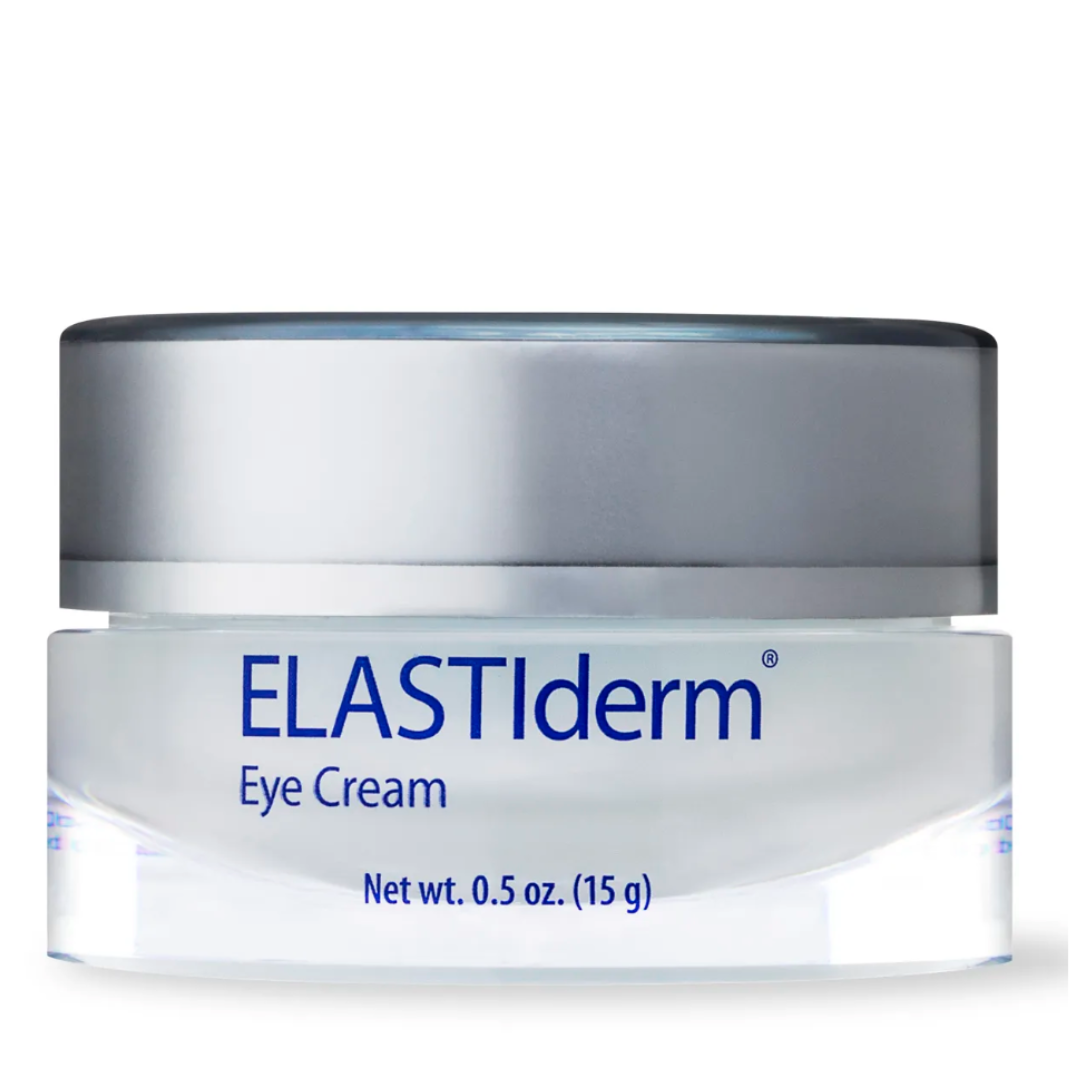Obagi Medical Nu-Derm Blender
$130.00
A deep-penetrating night cream for all skin types that treats discoloration, improves skin texture, and speeds healing from sun damage and acne. Obagi Nu-Derm Blender can be used on its own to treat skin discolorations, scarring, sun damage, and premature aging, or as part of the complete Nu-Derm regimen. It works with all skin types to fade and eliminate dark spots, brown spots, age spots, hyper-pigmentation, freckles and discoloration, allowing a brighter, more even-toned complexion to emerge.
Directions:
Use once per day in the evening, after cleansing and toning. If you’re using Nu-Derm Clear, use Blender afterward, and before any moisturizing cream. Spread a thin, even layer of Blender over your face and neck, avoiding eye area and lips, and smooth or pat cream into skin until it absorbs.
Ingredients:
Active ingredient: Hydroquinone USP, 4% (40 mg/g)
Inactive ingredients: water, glycerin, cetyl alcohol, PPG-2 myristyl ether propionate, sodium lauryl sulfate, TEA-salicylate, lactic acid, phenyl trimethicone, tocopheryl acetate, sodium metabisulfite, ascorbic acid, methylparaben, disodium EDTA, propylparaben, saponins, BH
*Contains sodium metabisulfite, a sulfite that may cause allergic-type reactions including anaphylactic symptoms and life-threatening or less severe asthmatic episodes in certain susceptible people. The overall prevalence of sulfite sensitivity in the general population is unknown and probably low. Sulfite sensitivity is seen more frequently in asthmatic than in nonasthmatic people.
Important Safety Information for Obagi Nu-Derm Blender®
(contains 4% hydroquinone)
CONTRAINDICATIONS:
People with prior history of sensitivity or allergic reaction to this product or any of its ingredients should not use it. The safety of topical hydroquinone use during pregnancy or in children (12 years and under) has not been established.
Avoid contact with eyes, nose, mouth, or lips. In case of accidental contact, patient should rinse eyes, nose, mouth, or lips with water and contact physician.
Sunscreen use is an essential aspect of hydroquinone therapy because even minimal sunlight exposure sustains melanocytic activity.
Contains sodium metabisulfite, a sulfite that may cause allergic-type reactions including anaphylactic symptoms and life-threatening or less severe asthmatic episodes in certain susceptible people. The overall prevalence of sulfite sensitivity in the general population is unknown and probably low. Sulfite sensitivity is seen more frequently in asthmatic than in nonasthmatic people.
Treatment should be limited to relatively small areas of the body at one time since some patients experience a transient skin reddening and a mild burning sensation, which does not preclude treatment.
Pregnancy Category C: Animal reproduction studies have not been conducted with topical hydroquinone. It is also not known whether hydroquinone can cause fetal harm when used topically on a pregnant woman or affect reproductive capacity. It is not known to what degree, if any, topical hydroquinone is absorbed systemically. Topical hydroquinone should be used on pregnant women only when clearly indicated.
Nursing Mothers: It is not known whether topical hydroquinone is absorbed or excreted in human milk. Caution is advised when topical hydroquinone is used by a nursing mother.
Pediatric Usage: Safety and effectiveness in children below the age of 12 years have not been established.
Use of the product should be discontinued if hypersensitivity to any of the ingredients is noted.




